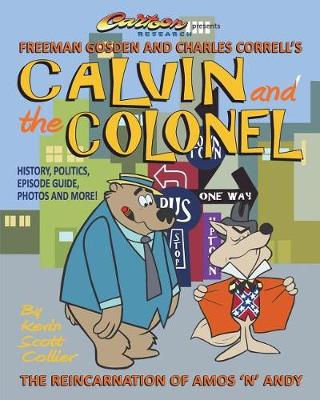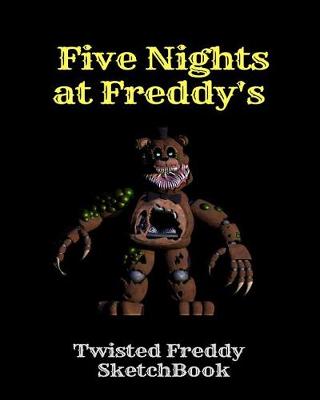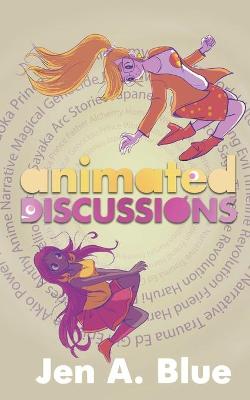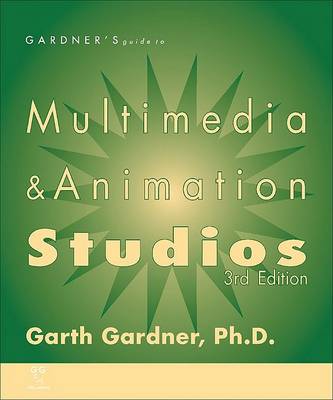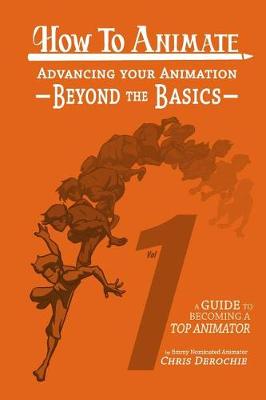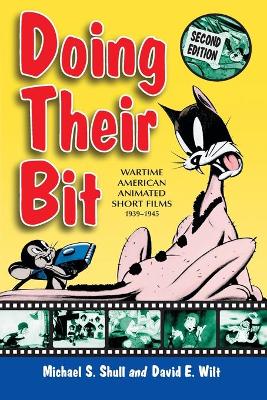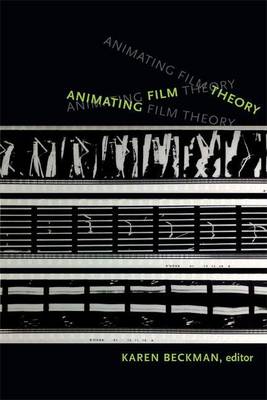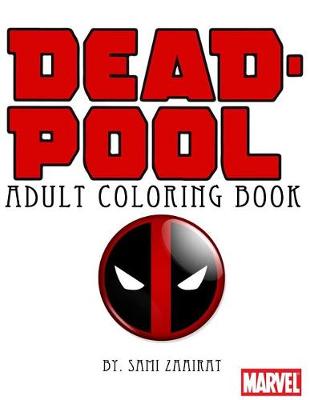Basics Animation 03: Drawing for Animation (Basics Animation, #3)
by Paul Wells, Joanna Quinn, and Les Mills
The thinking process behind drawing, characters, composition and movement, narrative and adaptation are all fully examined in the latest title "Drawing for Animation". Drawing is a fundamental part of the preparatory stages of virtually all design-led projects. It is the core method by which ideas and concepts may be envisaged and ultimately shared with collaborators, clients and audiences. Aimed at students and those interested in entering the animation business, this book explores the pre-prod...
Academic Planner College 2019 - 2020 (July 2019 - June 2020 Academic Calendar, #4)
by Miriam Beachum
Gardner's Guide to Multimedia and Animation Studios (Gardner's Guide)
by Garth Gardner
How to Animate Advancing Your Animation Beyond The Basics (How to Animate, #1)
by Chris Derochie
The golden age of animation stretched from the early 1930s to the mid-1950s, with movie cartoons reaching an extraordinarily high level of artistry and technique--far higher than today's TV cartoons, for instance. Nearly 1000 cartoons were produced by the seven major animation studios in the U.S. between January 1, 1939, and September 30, 1945--the immediate pre-World War II period up to the cessation of hostilities. More than a quarter of the cartoons substantially refer to the war, and thereby...
"Animators Unearthed" is an introduction to some of the world's top animation filmmakers, whose faces and voices remain largely unseen and unappreciated outside of the animation community. Chris Robinson discusses why it's been neglected and where you can find the work. He aims to bring this art form, and its creators, to the forefront by tracing the history of this personal and artistic animation. Throughout its history, animation has been primarily defined as cartoons that make people laugh, a...
"Animated Performance" guides you through the fascinating process of bringing animated characters to life. Throughout the book, Nancy Beiman demonstrates how animated characters need not be constrained by the limitations that restrict human actors and shows how species, weight and design affect character actions. You will also discover the many ways in which a character's movements will vary according to the emotional or narrative context of their situation. The many tips, examples and exercises...
